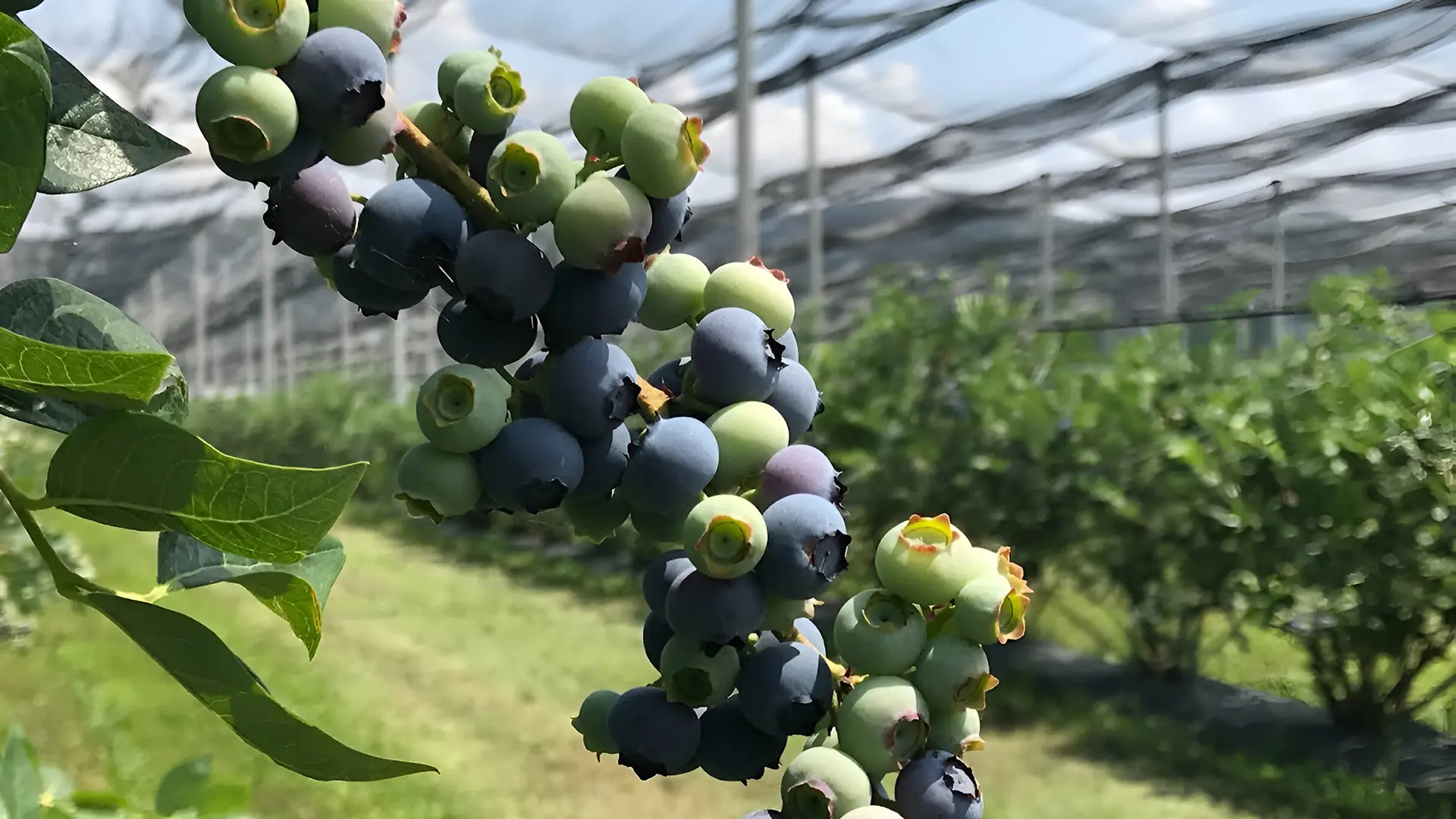The day today, May 3, opened with the Blueberry Symposium, the presentation event of the global blueberry supply chain.
The Blueberry Symposium opened the second day of the International Blueberry Days, which began Tuesday, May 2, with the Blueberry School, spent at Marche Polytechnic University. The Symposium - mediated by Professor Bruno Mezzetti of Marche Polytechnic University - was also a technical day, with presentations by 11 speakers, among the top global experts, who highlighted aspects of the global supply chain of blueberry.

First up were the numbers and growth of blueberries production by the major producing countries on a global scale. Alongside these, new realities were introduced and presented, countries such as Poland and Portugal that have noted steady growth in recent years, so much so that they have been able to enter the market as effective competitors, to the extent that they have overtaken countries such as Germany, Spain and the United Kingdom.
"In these countries," explains Bruno Mezzetti, who coordinated the day's work, "there has been the most significant areal growth in the European Union to the point that they are contending for the top spot with Spain, which is still very unbalanced on strawberries in the sector berries. In Poland, over the past decade, production has actually tripled making Warsaw the leading supplier of blueberries to Germany. A role that was the UK's before Brexit."

Average production growth globally between 2021 and 2022 has been estimated at between 10 and 15 percent, an increase given mainly by the development of innovative varieties capable of adapting to all geographic areas. In addition, the trend to introduce above-ground production systems stands out among cultivation techniques. This, in fact, stems from a problem related to labor, which is necessary for harvesting and which, since it is lacking, drives the ever-increasing mechanization of this phase.

"The particularity of the blueberry supply chains is related to the choice of premium varieties," Mezzetti concludes, "which, for the major players and according to market analyses of the sector, must no longer be chosen only by farms but by consumers together with companies. In this regard, some major farms carry out specific liking surveys to identify them."










